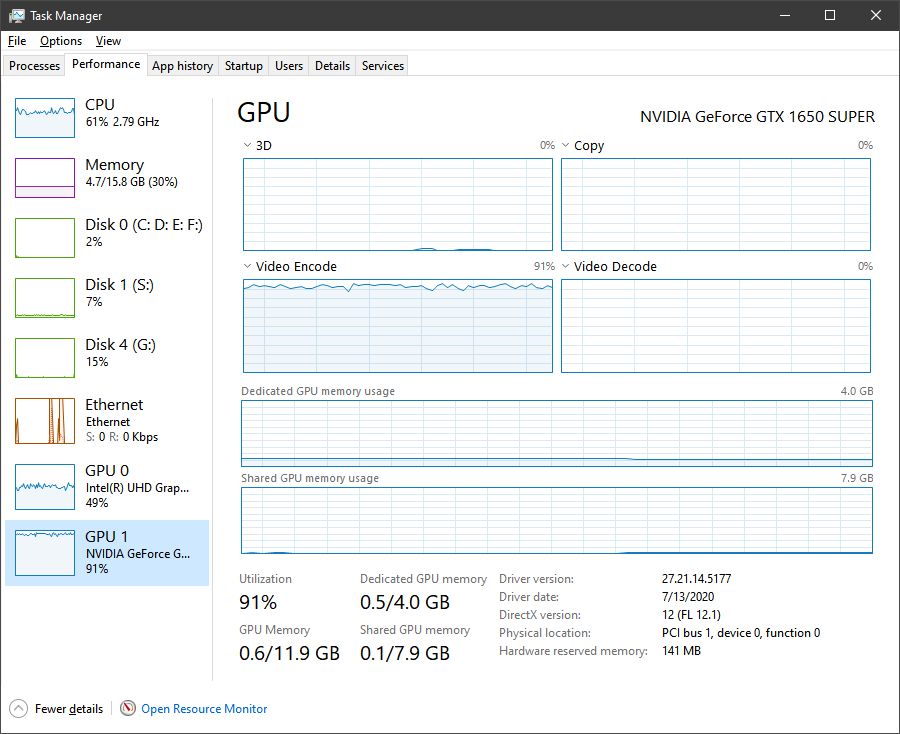So, Jeff, a dumb question:
I converted a 1080p H.264 to HEVC using PD. I accepted the default profile for 1080p HEVC. (Since, when I use Profile Analyzer, it always wants to "convert" to H.264, and doesn't give me any advice on HEVC settings.)
The original video has a BW of 30,000 Mb/S. The PD default profile for HEVC is 11,000.
I did the conversion and the new video is noticably blockier than the original.
So I thought, 'Okay, I'll set the BW for the HEVC to 30.,000."
I did the conversion again, and, to my surprise, the file size of the H.265 is exactly the same as the H.264!
I thought that HEVC was supposed to deliver approx half the file size for the same quality/BW video?
Am I doing something wrong? Or not understanding?
When I did the same conversion using HandBrake, it too lowered the BW of the converted video - lower, to 9,000. The file size was about a third of the original, and the video looks good to me. I notice that HandBrake presets a "comb" filter for the conversion. Whereas PD doesn't. Could that be the difference?
(Can discuss PM if you want.)


![[Post New]](/forum/templates/default/images/doc.gif)

